The world has been shifting for quite some time.
Massive, tectonic shifts are happening left and right, so it’s no surprise that this has also impacted the fashion industry.
It is time to redefine what is considered beautiful. No longer will there be one standard, the new era (and the new people) have decided.
Beauty is in the eye of the beholder, and there is so much of it, that there aren’t enough minutes of the day to gaze upon it.
Here are some beautiful models that are redefining the “traditional” notion of beauty, expanding our worldview, bringing a bit of difference into the mix.
And the world is far richer for it.
Traditional Beauty Standards – Is That a Thing?
Now, you may think you know what is considered “standard” in beauty.
But is that really true?
As you may have noticed, what was considered beautiful 100 years ago may not be what is considered beautiful today.
That is, while we may believe that there is something as historically universal notions of beauty, that is simply not true. Perfection, as we sometimes call it, has shifted over decades in many ways.
To illustrate this, let’s go back.
Waaay back…
When it comes to Ancient Greece, it seems that a lot about their ideas of beauty can be uncovered by their statues. For instance, the idealized female form included large hips, full breasts (which, as you may have noticed, is not that dissimilar to today), and a full, some might even say chubby, stomach. Pythagoras even came up with the “ratio for beauty,” i.e. “the Golden ratio.”
Seriously, it looks like they were obsessed with measuring something that cannot be measured.
Now, let’s look at the Renaissance. Hundreds of paintings show us that women that were considered beautiful were curvy and had round and soft faces. They were mostly pale, but had slightly flushed cheeks. This was followed by heavy makeup during Queen Elizabeth, which carried on through up until the Victorian Age.
But then, during the Victorian Age, you bet they reversed it. Modesty was in – pale, frail look seemed to be an example of that, and highly coveted. The turn of the century did not bring anything so vastly different until the Roaring Twenties.
Since women had to go and work during World War I, they wanted to retain their independence after – and, partly, this meant saying goodbye to the days of old, to corsets and piled-up hair. During this time, the ideal became more similar to a boyish figure and the curvy look was out. However, this was also the time when the thin look became fashionable, and that is something that has brought about plenty of trouble, not just in the fashion industry, but globally.
Even though many believe that the fifties and the sixties brought an end to that, that is not quite true. Most of famous women back then (who are somehow considered curvier today), would not be considered even plus size now, since they had a lower-than-average BMI.
The fad with thinness continued in the sixties and later on, the only difference is that the ideal for bust size shifts here and there.
So, when it comes to beauty, what is universal? And is there such thing as universal beauty?
But today, as we are offered a more inclusive glimpse into human beauty, a more diverse view, we reach the point – beauty is truly everywhere. It is not confined into a neat little box, it is ubiquitous and it has many, many faces.
Here are some of the most inspiring models that are transforming the industry as we speak.
Models Redefining the Industry
Now, while we all know that most of the models today are all quite similar in many aspects, there are those that have managed to make a name for themselves with their differences.
They have managed to succeed in an industry that strives towards unification, and that is a feat in and of itself. But by doing so, they have also sparked conversation and changes in that very industry, and that is one of the best results of their work.
Winnie Harlow
You have to have heard of Winnie Harlow.
Well, if you’re a fan of America’s Next Top Model, as many of us are, she might have caught your eye.
At just four years old, Harlow was diagnosed with vitiligo, a skin condition that is characterized by depigmentation on parts of the skin. And she suffered a lot because of pre-conceived notions of beauty, even being the subject of bullying in her younger years. She even had to change schools several times.
However, she stuck to her guts and decided to do what she loves – modelling, no matter what other (quite bigoted, if we do say so ourselves) people said about her.
And we’re thankful for that, because nowadays, she is rockin’ on all fields – she is regularly walking world runways, she is also regularly featured in music videos (she was even in Beyoncé’s “Lemonade” video, how cool is that!) and in commercials. She is also an advocate for self-acceptance and believes we should learn to embrace everything that makes us unique.
In a recent interview, she said, “Why is there a stigma around being different when we’re all different?” As she said, representation is important, “and I want to [stand for] all women.”
And such messages are also important in the industry, and in our everyday lives.
Diandra Forrest
Although many of us have heard of albinism, not many have actually encountered it, which is why it is extremely important to have models such as Diandra Forrest, who offer a more comprehensive view of life.
Albinism is a congenital disorder that is characterized by complete (or partial) absence of pigment in the skin, hair and eyes. Many albino people suffer bullying because of that condition, some who live in more rural areas are even subject to bodily harm because of the beliefs surrounding this condition.
Forrest is one of the first models with albinism that were signed to a major modelling agency. Her goal? Broadening the standards of beauty.
She has walked the runway at New York Fashion week, and appeared in Beyoncé’s “Pretty Hurts” music video (again, can it get much better than that?). And she is one of the faces of the Wet&Wild Breaking Beauty Campaign.
As she said, she is participating in the campaign to make the beauty industry a more inclusive space. And we wish her the best of luck and look forward to seeing her in many more roles!
Rain Dove
It seems that we have a lost bet to thank for Rain Dove’s appearance in the world of fashion.
Namely, Dove lost a bet and, as “punishment” for losing, had to attend an open call for runway models. There, she was mistaken for a man and selected to appear on the runway. As she herself says, she had two options – she could either tell them they’d made a mistake or simply own it.
We’re lucky that she chose option number two. After the show, she revealed that she was a woman.
She has been working as a professional gender-free model ever since. As she says, she may not be a conventional girl, but that doesn’t mean that she’s not a pretty girl. “Or that any girl isn’t a pretty girl,” she said.
She looks stunning donning both male and female clothes, and the fashion industry is much richer for it. Her journey tells us that gender roles are all appearance, and that this appearance doesn’t have to affect your life in any significant way.
Denise Bidot
In 2014, Denise Bidot was the first plus-size model to walk the runway on the New York Fashion Show, and it has been a whirlwind of success for her ever since.
Bidot is looking to empower women, wants to see them represented on the covers of magazines and on the runway. She also wants to challenge the idea of what a Latina looks like, as she said in a recent interview.
In 2016, she launched her lifestyle movement – “The No Wrong Way Movement.” The goal of the movement, as she says, is to inspire people from every walk of life “to claim and own their unique individuality and beauty.”
And she is striving to represent all beauty there is in the world. As she says, it comes in all shapes, sizes, colors and ages. Such words are incredibly powerful in an industry like this, and we can only hope that Denise will continue to do her thing!
Jillian Mercado
Jillian Mercado has managed to rock the fashion industry with her joyous journey without even knowing it.
She has had a condition called spastic muscular dystrophy since childhood, which makes the use of a wheelchair necessary for her.
Before becoming a model, Mercado was a fashion blogger. Now, she has many fashion magazine spreads under her belt, she has been invited numerous times to big runway shows, and she’s even worked behind the scenes as a style editor.
One of her most inspiring ideas is that we as people should stop “looking for guidance on how to be beautiful.” She tells us that we should be our own compasses, and that is beautiful in and of itself.
Ralph Souffrant
Born in Haiti, Souffrant moved to Brooklyn at just 9 years old, when his mother wanted to give her son a better life.
Souffrant has interesting freckles all over his body, but, as is the case with most differences, they weren’t considered interesting when he was younger. He admits he used to be bullied in his youth, but he managed to succeed in doing what he loves despite that.
As he says, he learned to love himself. He bears no grudge for his bullies, since he notes that “when people don’t understand something, they tend to be afraid of it.”
Which is why it is good to see him in many fashion shows and in many campaigns now. His career took off after he walked for Kanye West in 2016. He has also worked for Adidas and Beyoncé’s new line IVY PARK.
But his appearance in the fashion industry has definitely challenged the search for “flawless skin” and even challenged the notion of what that even is, making us wonder whether that even exists anymore. Our skin is beautiful, with our moles and freckles and birthmarks. We are beautiful.
Katie Meade
Meade has always aspired to becoming a model – she and her sisters would often pose for the camera in their youth.
However, considering that Meade has Down syndrome, she believed this dream was unattainable. And that is another glorious aspect of modern age, knowing that it is definitely not – at 32, Meade became the first woman with Down syndrome to become the face of a beauty product. She appeared in the campaign for “Beauty & Pin-Ups” Fearless Hair Rescue Mask product.
But her successes don’t end there – Meade even competed in the Special Olympics and is a Best Buddies International spokeswoman.
Meade is a source of inspiration for many people. She is proof that the sky is the limit once you set your mind to something. And she is trying to spread a powerful message. In a recent interview, Meade unequivocally announced that “Beauty belongs to everybody.” And we couldn’t agree more.
Joani Johnson
This sexagenarian was noticed, can you believe it, on the street.
Her now late husband and she had a weekend ritual – they would walk around a different neighborhood of New York together. Every week, without fail, they would roam the streets of NYC. And that is when, in 2016, Johnson caught the photographer’s eye with her long cascading grey hair and her calm features and posed for him.
After that, it’s been a whirlwind of success. First on Instagram, and then on real runways.
Joani walked her first runway at 65, and has been constantly booking jobs left and right. The height of her success came last year in May, when she was chosen to be a part of Rihanna’s Fenty line.
The fashion industry is no longer catering to the false idea of eternal youth – ageism has got to go! This is the root of many anti-aging tips and tricks prevalent in the industry. But that doesn’t have to be so. Of course, you do you, but if you want to rock your wrinkles and grey hair – great! And that is a powerful message behind this particular model – you’re never too old to do anything you set your mind (and your heart) to.

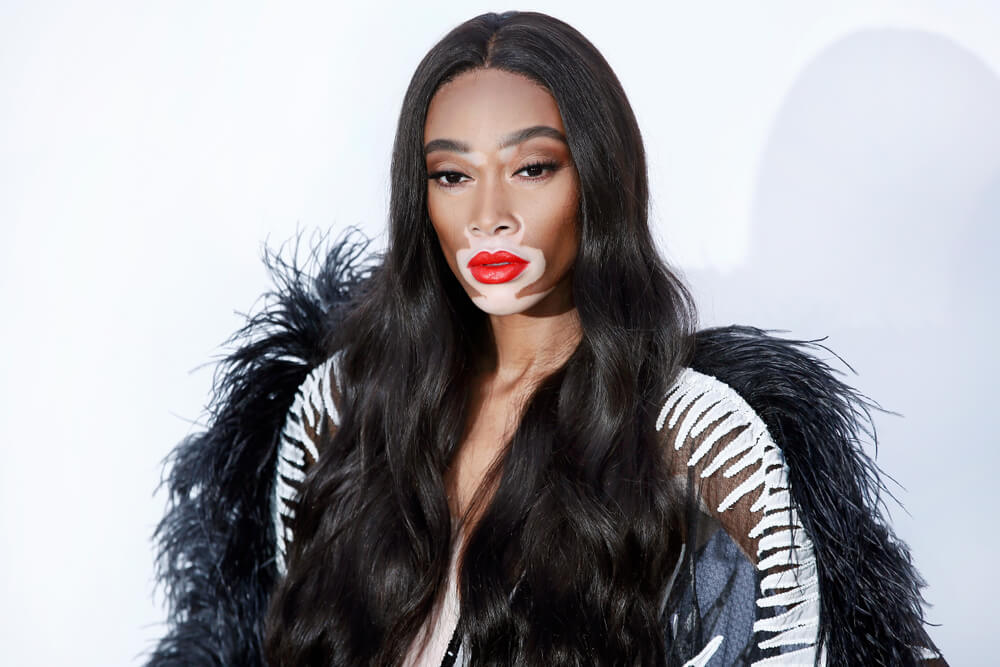
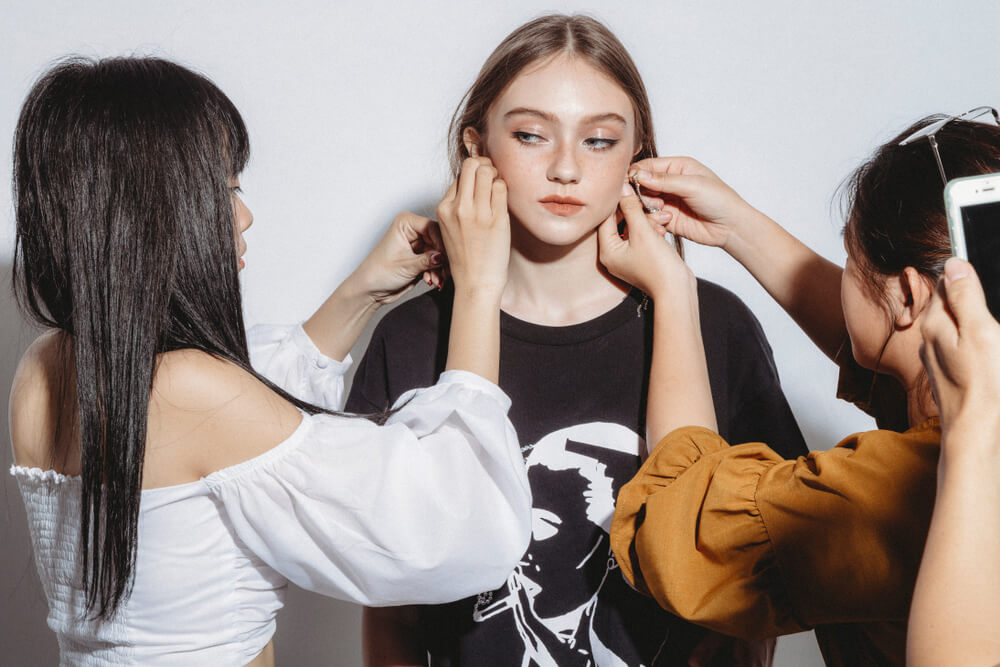
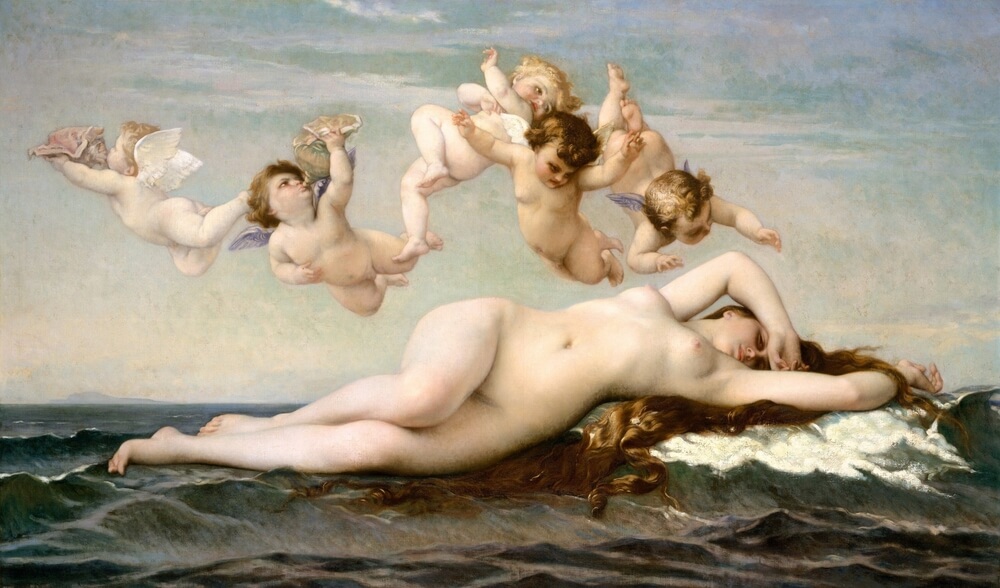
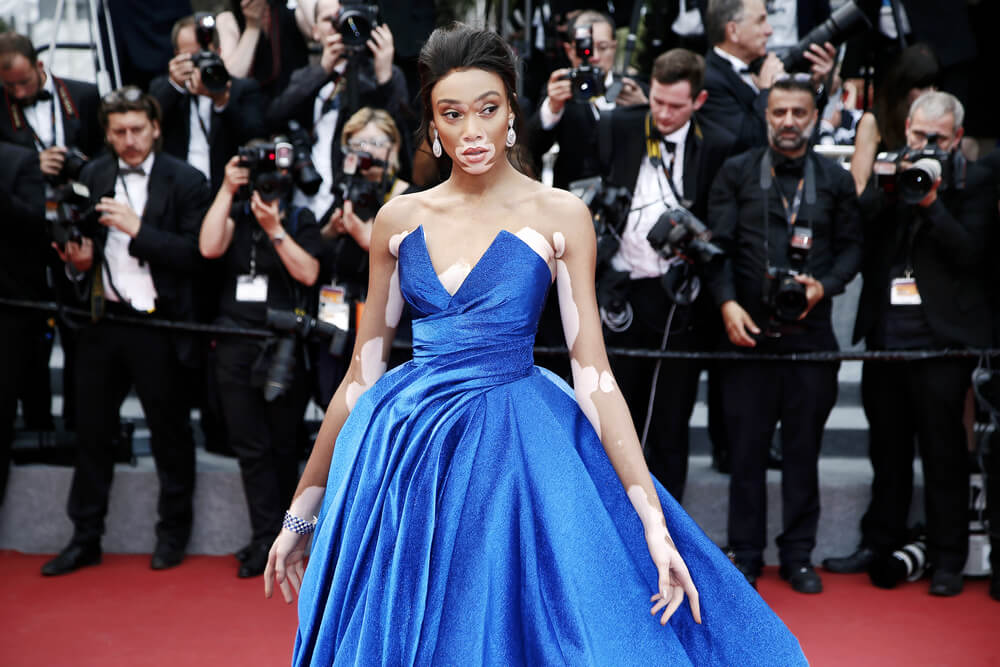

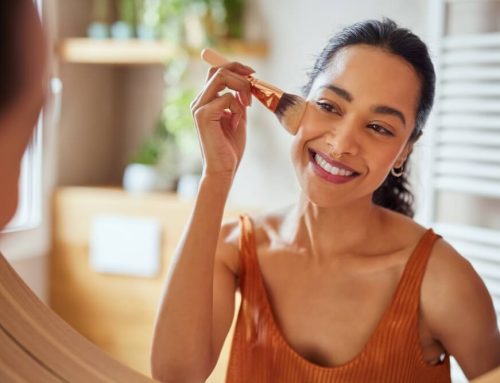

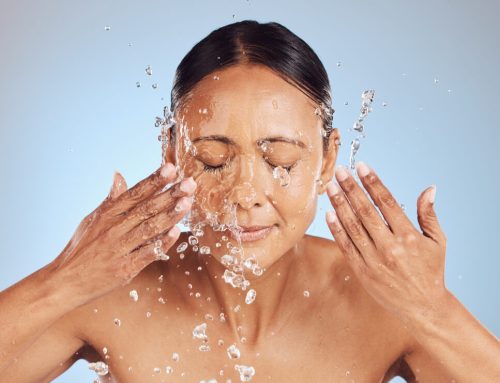
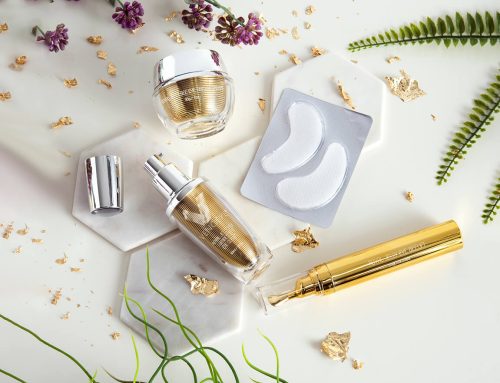
Leave A Comment